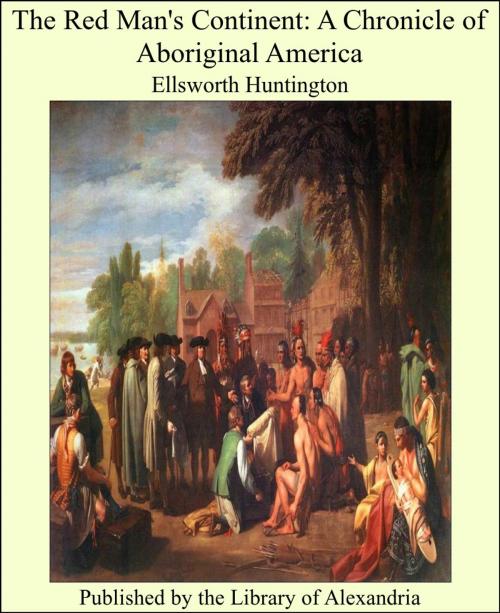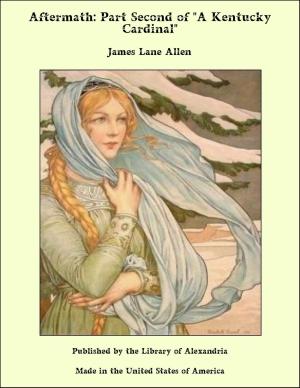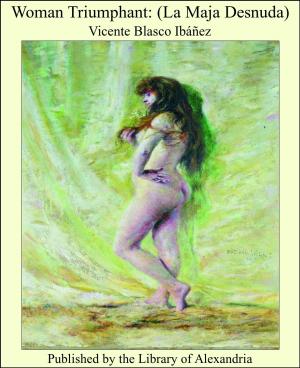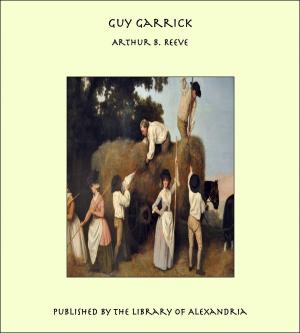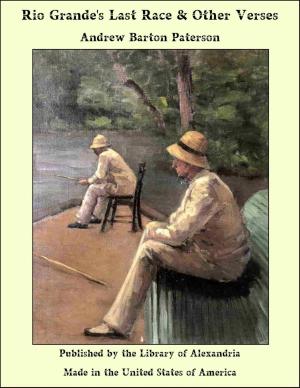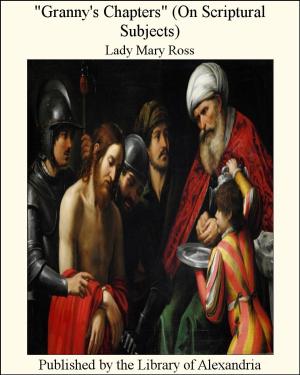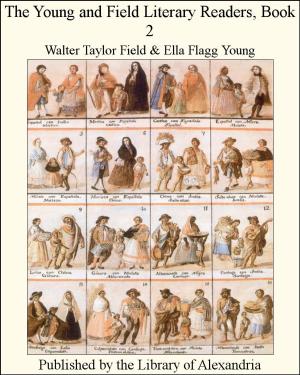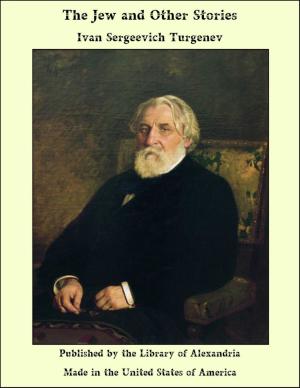The Red Man's Continent: A Chronicle of Aboriginal America
Nonfiction, Religion & Spirituality, New Age, History, Fiction & Literature| Author: | Ellsworth Huntington | ISBN: | 9781613104439 |
| Publisher: | Library of Alexandria | Publication: | March 8, 2015 |
| Imprint: | Language: | English |
| Author: | Ellsworth Huntington |
| ISBN: | 9781613104439 |
| Publisher: | Library of Alexandria |
| Publication: | March 8, 2015 |
| Imprint: | |
| Language: | English |
Across the twilight lawn at Hampton Institute straggles a group of sturdy young men with copper-hued complexions. Their day has been devoted to farming, carpentry, blacksmithing, or some Other trade. Their evening will be given to study. Those silent dignified Indians with straight black hair and broad, strong features are training their hands and minds in the hope that some day they may stand beside the white man as equals. Behind them, laughing gayly and chattering as if without a care in the world, comes a larger group of kinky-haired, thick-lipped youths with black skins and African features. They, too, have been working with the hands to train the mind. Those two diverse races, red and black, sit down together in a classroom, and to them comes another race. The faces that were expressionless or merely mirthful a minute ago light up with serious interest as the teacher comes into the room. She stands there a slender, golden-haired, blue-eyed Anglo-Saxon girl just out of college—a mere child compared with the score of swarthy, stalwart men as old as herself who sit before her. Her mobile features seem to mirror a hundred thoughts while their impassive faces are moved by only one. Her quick speech almost trips in its eagerness not to waste the short, precious hour. Only a strong effort holds her back while she waits for the slow answers of the young men whom she drills over and over again in simple problems of arithmetic. The class and the teacher are an epitome of American history. They are more than that. They are an epitome of all history. History in its broadest aspect is a record of man's migrations from one environment to another. America is the last great goal of these migrations.
Across the twilight lawn at Hampton Institute straggles a group of sturdy young men with copper-hued complexions. Their day has been devoted to farming, carpentry, blacksmithing, or some Other trade. Their evening will be given to study. Those silent dignified Indians with straight black hair and broad, strong features are training their hands and minds in the hope that some day they may stand beside the white man as equals. Behind them, laughing gayly and chattering as if without a care in the world, comes a larger group of kinky-haired, thick-lipped youths with black skins and African features. They, too, have been working with the hands to train the mind. Those two diverse races, red and black, sit down together in a classroom, and to them comes another race. The faces that were expressionless or merely mirthful a minute ago light up with serious interest as the teacher comes into the room. She stands there a slender, golden-haired, blue-eyed Anglo-Saxon girl just out of college—a mere child compared with the score of swarthy, stalwart men as old as herself who sit before her. Her mobile features seem to mirror a hundred thoughts while their impassive faces are moved by only one. Her quick speech almost trips in its eagerness not to waste the short, precious hour. Only a strong effort holds her back while she waits for the slow answers of the young men whom she drills over and over again in simple problems of arithmetic. The class and the teacher are an epitome of American history. They are more than that. They are an epitome of all history. History in its broadest aspect is a record of man's migrations from one environment to another. America is the last great goal of these migrations.
